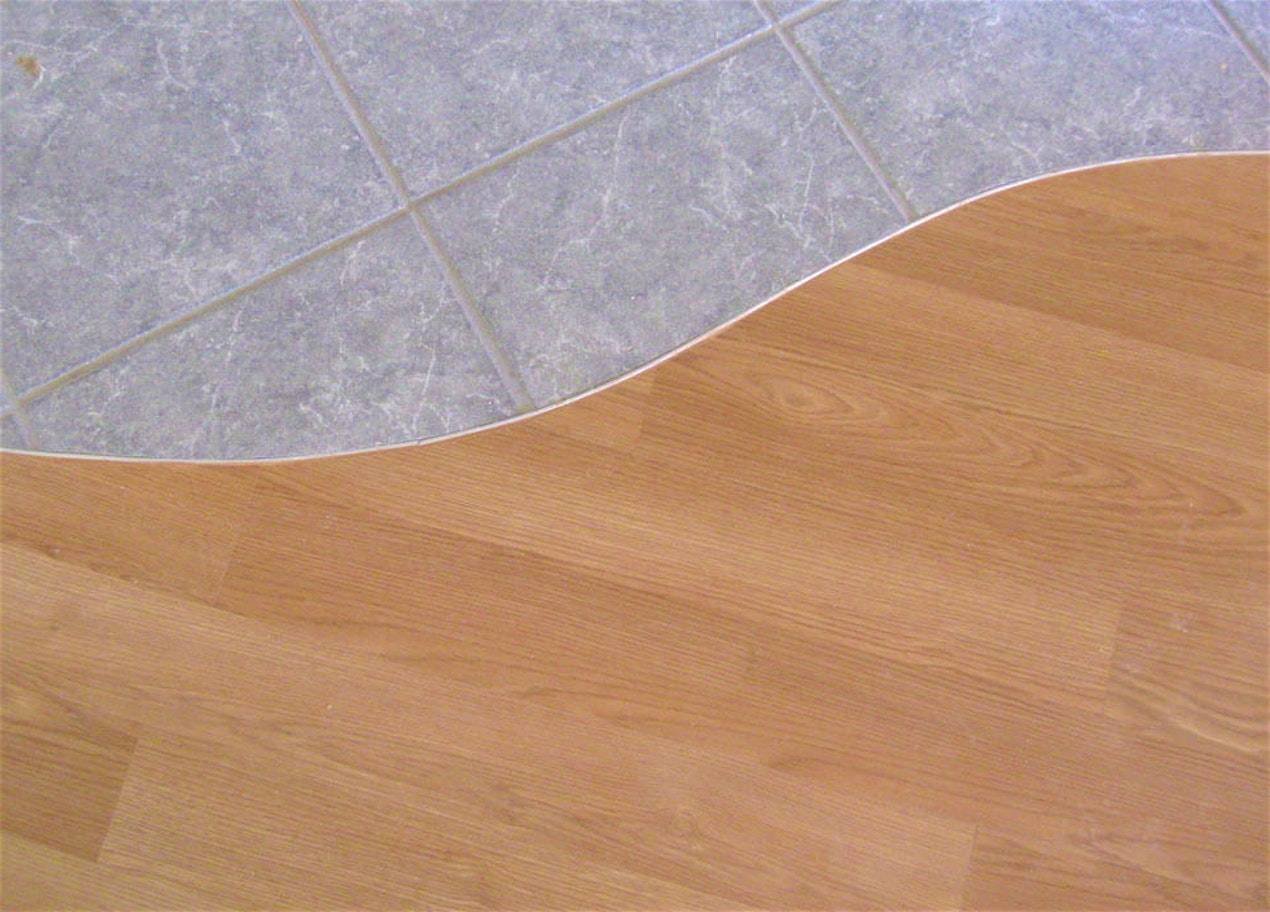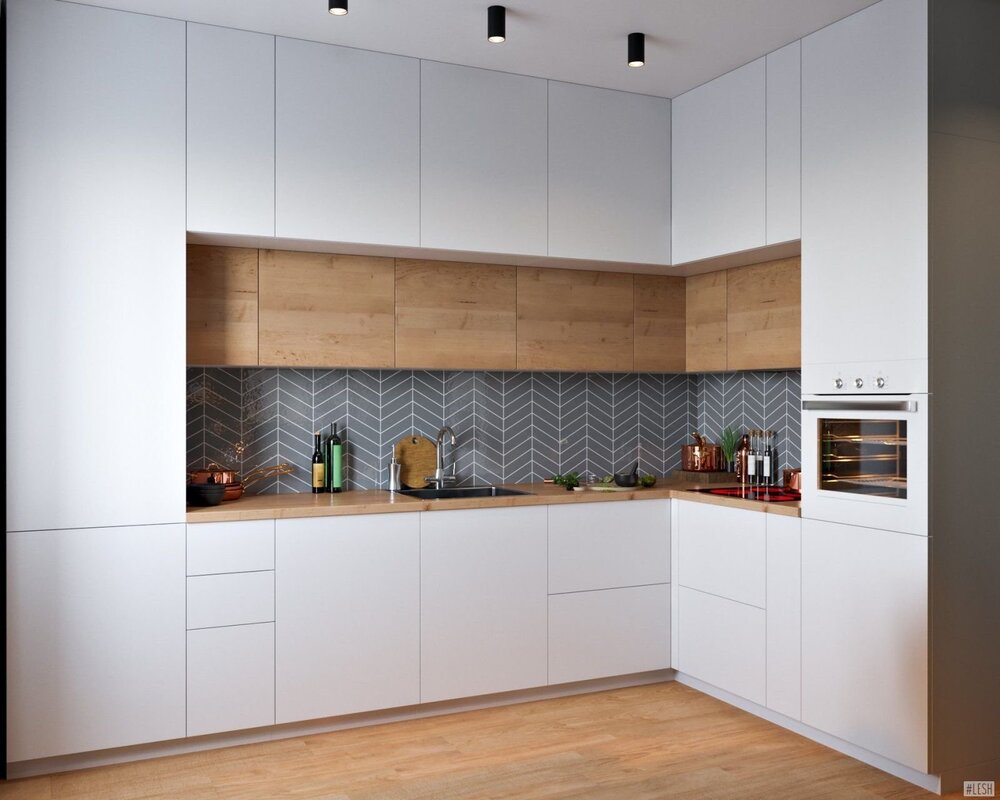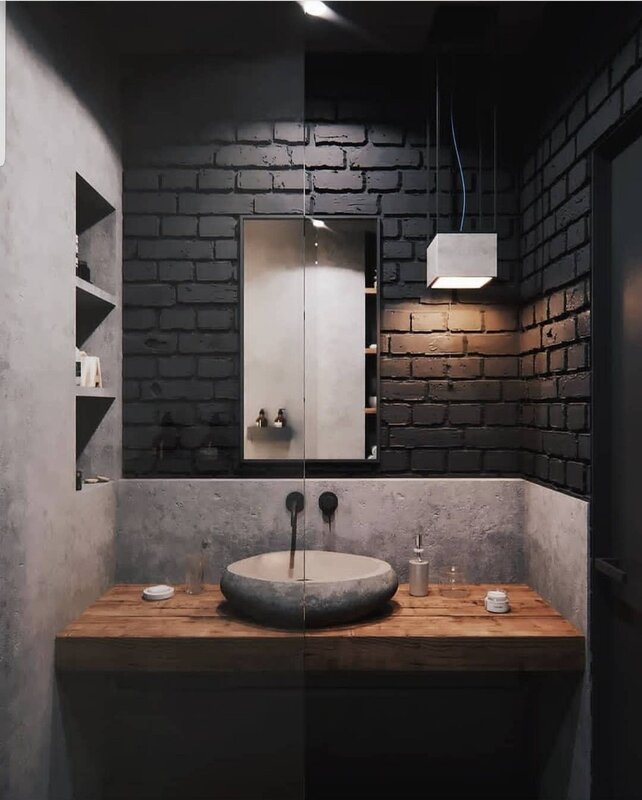Joining of tiles and laminate 27 photos
The seamless joining of tiles and laminate flooring is a crucial element in modern interior design, offering both aesthetic appeal and functional benefits. This transition is often encountered in spaces where different flooring materials meet, such as kitchens flowing into living rooms or entryways leading into open-plan areas. Achieving a harmonious blend between these surfaces not only enhances the visual continuity of a space but also ensures durability and ease of maintenance. To create a smooth transition, attention must be paid to the height difference between tiles and laminate. Proper underlayment and transition strips can help level the surfaces, preventing tripping hazards and wear over time. The choice of transition strip, whether it be wood, metal, or a color-matched material, can significantly impact the overall look, providing either a subtle or bold demarcation. Additionally, the grout lines and laminate seams should be aligned thoughtfully, considering the pattern and flow of the design. This alignment can create a cohesive look that enhances the room's spaciousness. Ultimately, the joining of tiles and laminate is not just a technical task but an opportunity to elevate a space's design, blending practicality with style to create a unified and inviting environment.









































